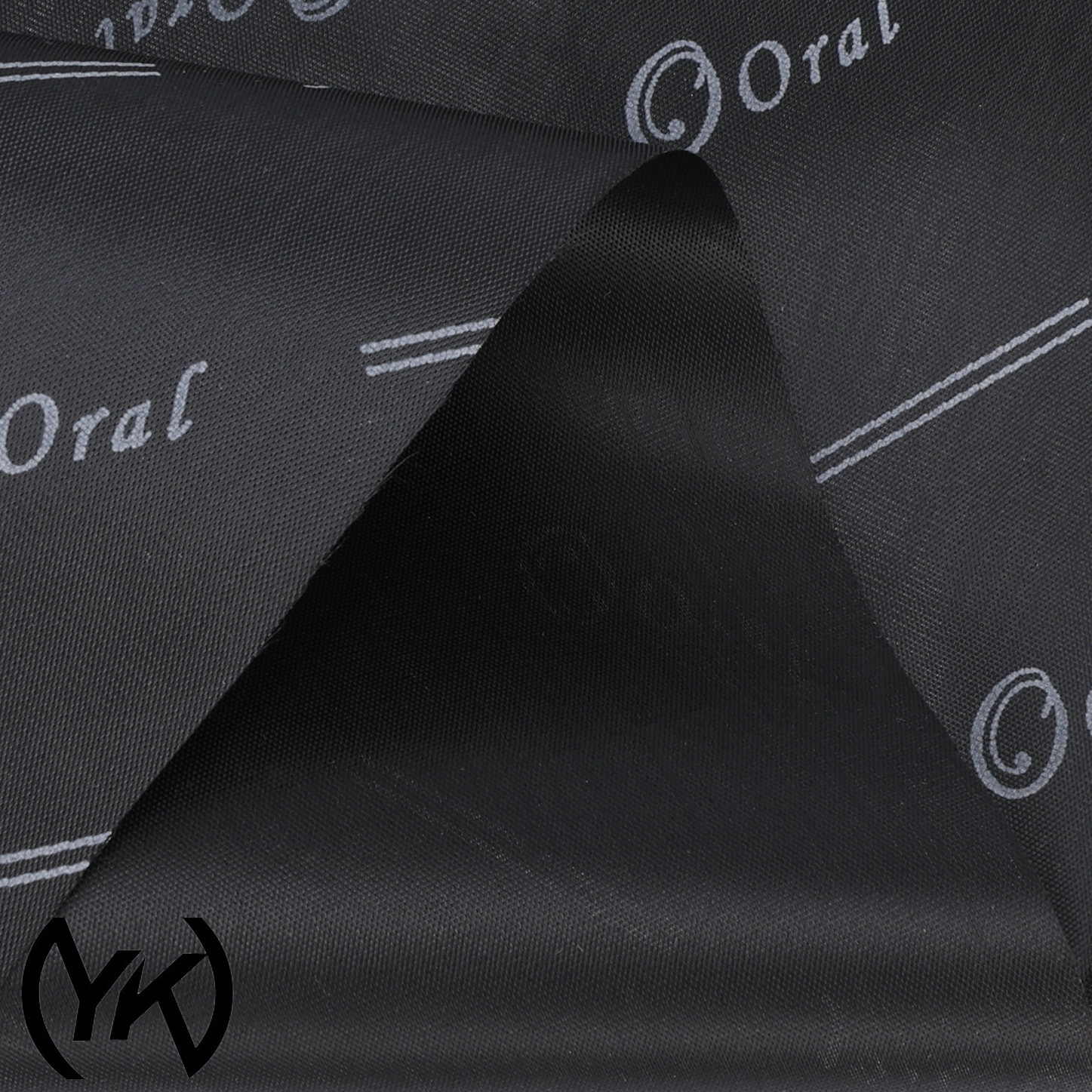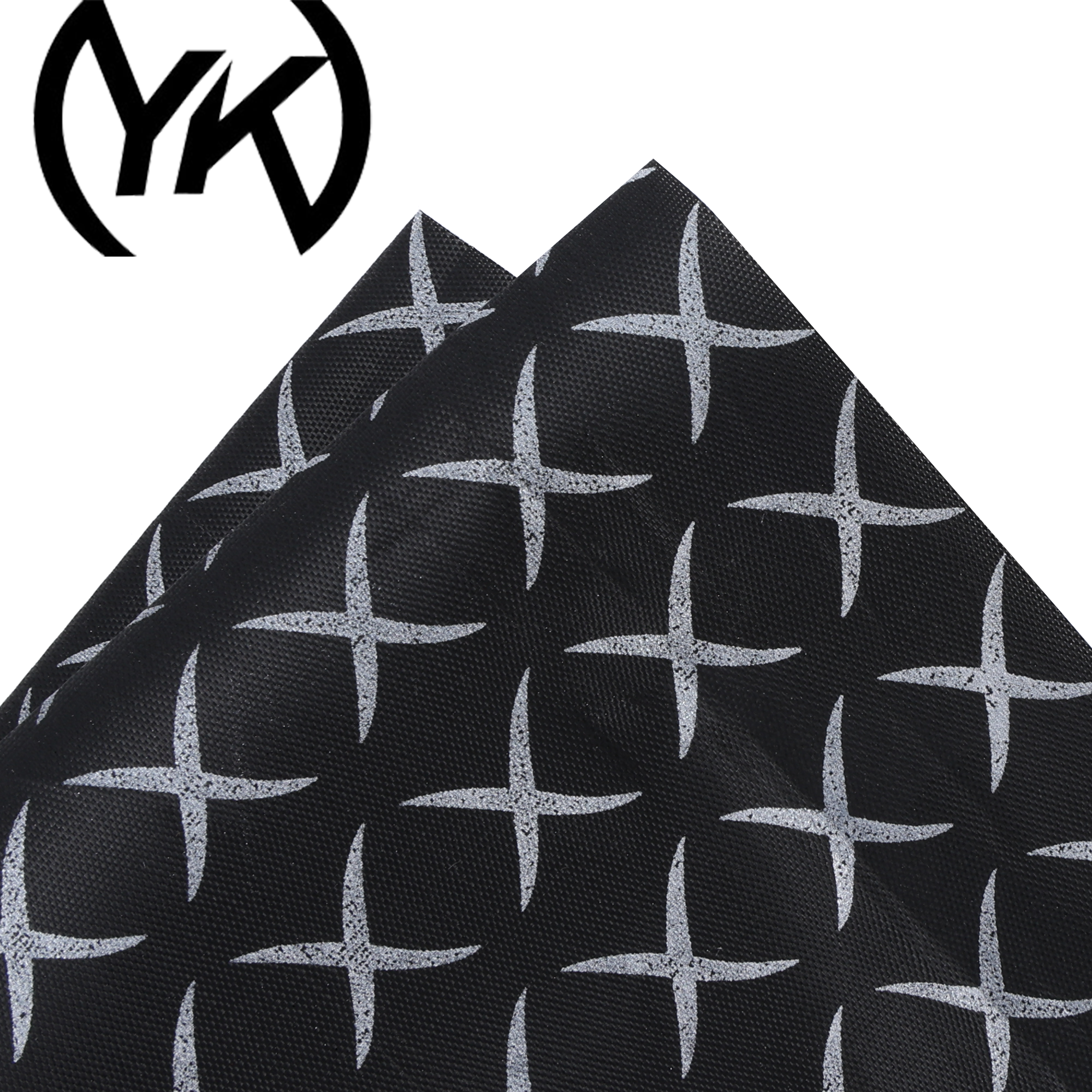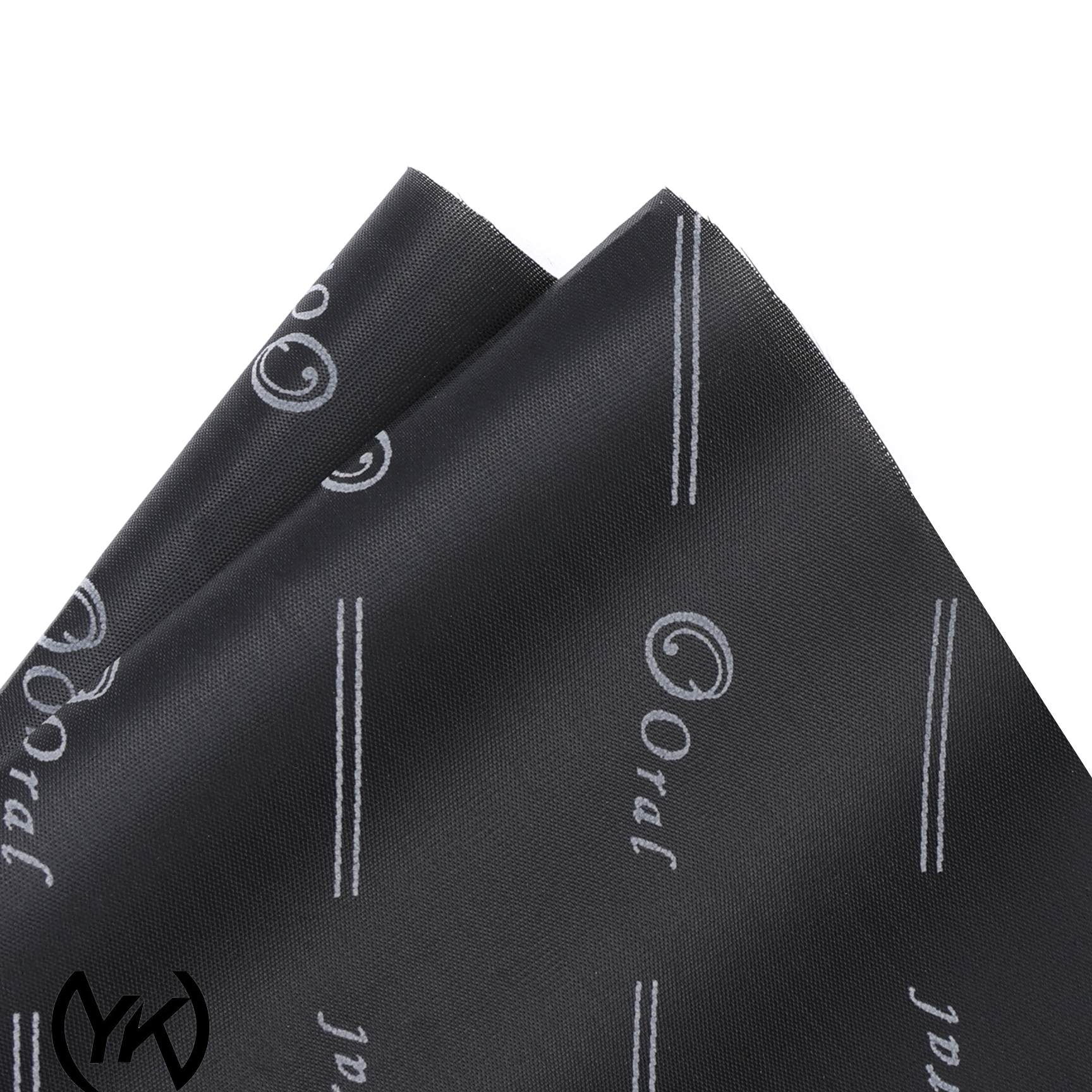Email format error
Email cannot be empty
Email already exists
6-20 characters(letters plus numbers only)
The password is inconsistent
Email format error
Email cannot be empty
Email does not exist
6-20 characters(letters plus numbers only)
The password is inconsistent



Comparison of 190T Fabric and 210T Fabric: Similarities and Differences
Introduction: 190T fabric and 210T fabric are commonly used materials in the textile industry. While they share some similarities, they also have distinct differences in various aspects.

Similarities:
<1>Material: Both are usually made of polyester or nylon, providing durability and lightweight properties.
<2> Printed design: Both fabrics can be printed with a variety of patterns and colors, making them suitable for fashion and personalized needs.
<3> Usage: Mainly used for making clothing linings, bags, home goods, etc., providing both aesthetics and functionality. 
Differences:
<1>Weight: 190T fabric is lighter in weight compared to 210T fabric, making it more suitable for lightweight products such as summer clothing and lining materials. On the other hand, 210T fabric is slightly heavier and more durable, making it suitable for outdoor gear and heavy-duty applications.
<2>Thickness and Hand Feel:190T fabric is thinner and has a smoother hand feel, giving it a more delicate and luxurious appearance. In contrast, 210T fabric is thicker and has a slightly rougher hand feel, providing a sturdier and more substantial texture.
<3>Abrasion Resistance: 210T fabric has higher abrasion resistance than 190T fabric, making it more suitable for products that will undergo frequent wear and tear. The added durability of 210T fabric ensures that the fabric will maintain its quality over time, even with heavy use.
<4>Usage Scenarios: Due to its lightweight nature and delicate hand feel, 190T fabric is often used for clothing items such as blouses, dresses, and lightweight jackets. On the other hand, 210T fabric is commonly used for outdoor gear such as tents, backpacks, and jackets that require a higher level of durability and abrasion resistance.
Conclusion:
In conclusion, while 190T fabric and 210T fabric share similarities in terms of material and print quality, they differ significantly in weight, thickness, hand feel, abrasion resistance, and usage scenarios. Understanding these differences can help in choosing the right fabric for specific applications in the textile industry.